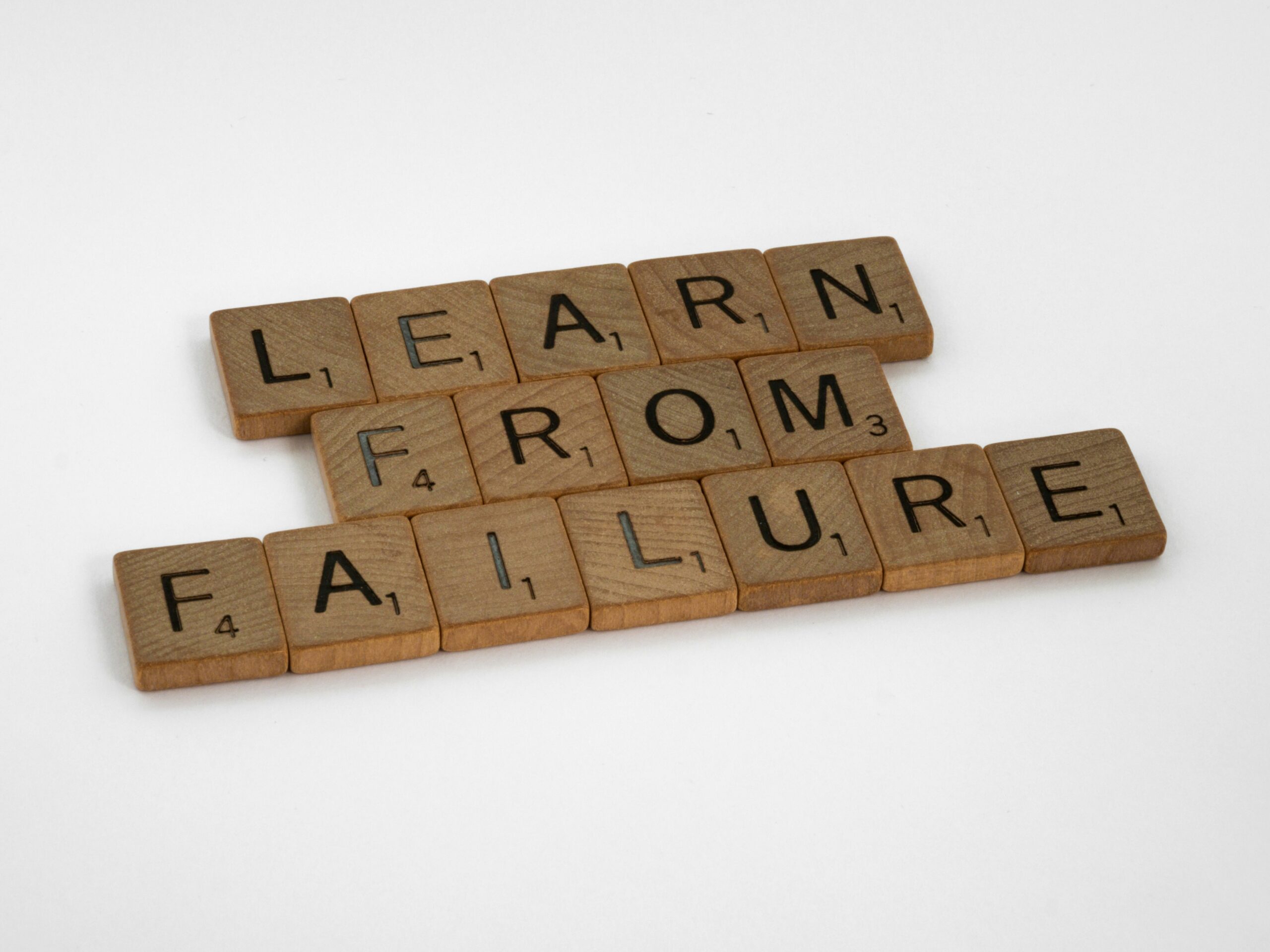Remote and hybrid work is here to stay. McKinsey has reported that 90% of employers plan to offer some form of hybrid model of working in the coming future. This means that companies both large and small today have Product teams that don’t get as much face time with each other as they normally would. Whether they are scattered across different countries and time zones in a fully remote environment, or they’re meeting twice a week in a hybrid model, the reality of distributed teams is that it can create unique challenges for Product Managers.
According to a study conducted by Product Plan, the number one challenge Product Managers face while working remotely is getting consensus on product direction. This is followed by working with other departments and communicating product strategy. It is perhaps not surprising that tasks that require collaboration and building alignment across teams are the ones that pose the greatest challenges to Product Managers, and this would potentially be true in other fields as well. However, how can Product Managers specifically, meet these challenges? Below are 3 strategies to not only create excitement and alignment around the Product’s vision & strategy, but also to create a Product team that is motivated and pulling together in the same direction.
1. Share your work
The best way to create a sense of excitement around a Product’s vision & strategy amongst a distributed team, is to overshare. It’s very easy in a remote working environment to assume that everyone knows what everyone else is working on, but that’s not usually the case. Remote workers have a tendency to become siloed while working on individual tasks, and Product Managers can fall into the trap of only communicating with Development teams or others over work they are directly collaborating on together. However, as a Product Manager who for example is working on a Product Strategy deck for the next year, it would help to create buy-in and excitement if that deck was shared (whether in its draft or final version) with the Development team.
The key here is to create a culture and certain rituals around sharing your work as a Product team. One of the best ‘rituals’ that we had at my last remote Product gig was a monthly team meeting, in which every member of the Product team (the PM, the developers, the QA and the UX designer) would share or demo an aspect of the work they did that month. This was a great place for me to present a draft version of the said Strategy deck. The deck was being prepared for Senior Management to review, but not only did I get incredible feedback from my teammates, but they also got to learn about the intended direction for the Product for the next year. It was also a great opportunity for the team to ask questions and clarify their concerns. It’s all well and good mentioning that you’re working on a Strategy deck at your daily standup, but what does that really mean to a Developer who has no idea what that strategy is going to be and where it’s going to lead? Status updates about the work you’re doing don’t create alignment or excitement, actually sharing your work does.
In the same meeting, I have also shared learnings from competitive analyses or user research that I undertook and those insights proved to be super interesting to my team-mates. If you are a developer working on writing code all day, or a QA running test cases, it can be very enriching to hear about how the PM is trying to unearth customer problems and pain points through user interviews, the same way that it can be very interesting for a PM to hear about how a Developer solved a specific technical problem. There’s a lot to be learned by seeing the work of others, specifically those in different fields from you and I would encourage this type of sharing between Product team members as often as possible.
Another thing that would be shared in our monthly team meeting was the positive impact that was being created by the work our team was doing. For example, a few months after launching a feature, I would look at how the feature was impacting our users or the business and present this information to the team. In many companies, this type of reporting is usually reserved for Senior Management, who want to see the results of their investment. However, seeing the results of one’s own work is a hugely motivating force, and so when Developers, QAs or even UX Designers, who don’t always have access to this data, are shown the results of what they’ve built, this can be a hugely positive boost to their morale. Even when the results aren’t positive (I won’t pretend that every feature we launch is a tremendous success), it’s important to share what you learned so that the team can be better prepared next time.
A culture of sharing & opennenes is also built when a Product Manager proactively works to build transparency within their team. Assets and artifcats in general, from the big ones like the Product Roadmap or the Product backlog to individual analyses or user research, should always be organized and stored in a place where they are not only easy to find, but also accessible to everyone. This ensures that nobody is in the dark about anything and that they don’t have to necessarily contact the Product Manager if they have questions. This also applies to technical documentation that a QA or Developer creates, or finalized UX designs or wireframes.
This type of transparency and openness is key in remote teams where different team members may not always feel comfortable asking questions. The first step to creating alignment around Product strategy and the work that is being undertaken is to make sure that no one is in the dark about any of it!
2. Innovate through Collaboration
Product Managers play a big role in driving innovation within their companies and this was one of the biggest worries of CEOs and tech founders everywhere when remote work first started to take hold – how will we innovate if we can’t physically be together? How will we whiteboard our solutions and think big-picture if we are stuck communicating over Zoom?
Luckily, Product teams themselves found answers to this question by developing solutions for collaboration within remote teams. So many products have sprung up with just this problem in mind – tools like Mural, Figma and Miro for example, were created specifically to enable collaboration remotely.
Of course, a tool on its own is never going to create innovation. A Product Manager must initiate workshops, brainstorms and hackathons, ideally at least once every quarter in order to get everybody’s creative juices flowing, and facilitating them remotely has become much easier with the existence of the above tools. No big problem has ever been solved alone, and so Product Managers must take the opportunity, whenever they can, to get people from various disciplines together in one (virtual or physical) room to come up with innovative strategies and ideas. In the past, I have always made sure to invite team members from more traditionally ‘creative’ teams like Marketing or Design to these workshops – I found that they always brought a thoroughly fresh perspective to solving problems.
Another way to encourage innovation within remote Product teams is to prioritize learning & development. Make sure that your team members are attending conferences, meeting other industry leaders etc. and that they then present what they learnt to the rest of the team. You should be encouraging your team mates to have varied interests, other than their specific lines of work. Remember that Steve Jobs famously studied calligraphy in college, and that Shopify’s founder Harvey Finkelstein has a law degree. Having in depth knowledge of areas that don’t strictly relate to your field can set you apart and help you think outside of the box.
3. Connect with your teammates
In difficult times (think of when you need to put in some extra hours, or a launch is not going according to plan), what pulls a team together is the quality of their relationships with each other. If you don’t care about your colleagues and they don’t care about you, morale is likely to suffer and no one will want to help out their teammates. In most companies, Product Managers are given people leadership responsibility and so it falls on them to proactively create this bond within their team.
The number one tip I can give to Product Managers on this topic is to remember that you are not working with robots. There’s a human being on the other side of the Zoom screen, and your relationship with them should not only be about work. If you were in an office together, wouldn’t you find it natural to ask them about their weekends, their pets etc? Why should it be any different in a remote team?
The problem is that tools such as Slack and Microsoft Teams, which are the communication tools of choice for most companies, were created to facilitate business related communication and so people think it might be deemed unprofessional to use them for anything other than work-related chat. In a remote team, if that’s the only type of communication you’re doing, you are not going to create any meaningful connections with your colleagues. A good way for Product Managers to encourage informal chats through tools like Slack are to create dedicated channels for non-work related chit chat. Whether that’s a general #watercooler channel where people can post whatever they’d like or it’s topic specific channels like #sports or #tvshows, having a dedicated space for people to talk about non work related matters can ensure that you get to know your colleagues a little bit better. Heck, even posting a good ol’ comic strip from Dilbert once in a while (which has a depiction of almost any scenario you would ever face working in a software development company – case in point, this series on working from home) is sure to break the ice.
There are also tools like Geekbot, which integrate directly within Slack where you can automate a series of random ‘ice breaker’ questions that can be posted into your team’s Slack Channel. For example, a ”‘what did you do this weekend” type of question could be set up to send automatically every Monday morning within your team channel. From “what’s your favourite pizza topping?” to “what’s something you learned this week?” Geekbot has tons of ice breaker questions that can get your team into the groove of building relationships with each other.
Agile rituals like Sprint Planings and Daily standups can be pretty “work-focussed” however, if you make sure that they are conducted with cameras switched on, then at least you can get a little bit of face time with your colleagues more often than not. Sprint retrospectives and Reviews are also great opportunities to ensure that you recognize and appreciate the good work being done by your team.
As a Product Manager, you have to take the lead on these initiatives. Product Managers need to be able to influence people and nothing creates more influence than personal connection.





Leave a Reply